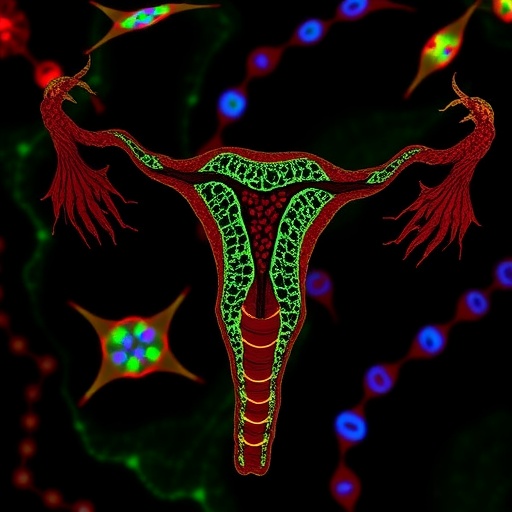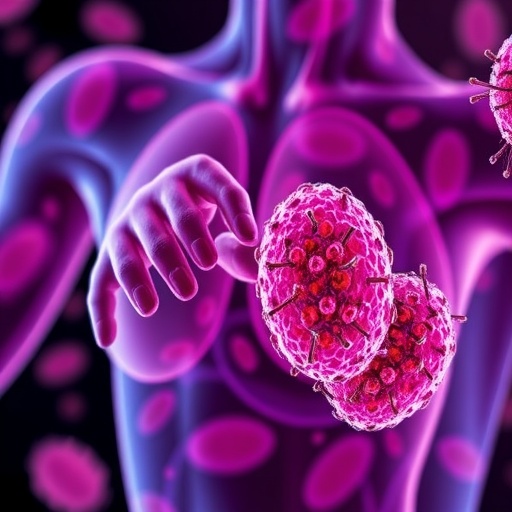AURORA, Colo. (April 26, 2017) – Using a unique microscope capable of illuminating living cell structures in great detail, researchers at the University of Colorado Anschutz Medical Campus have found clues into how a destructive autoimmune disease works, setting the stage for more discoveries in the future.
The scientists were trying to visualize antibodies that cause neuromyelitis optica (NMO), a rare autoimmune disorder that results in paralysis and blindness. Using a custom STED (Stimulated Emission Depletion) microscope built at CU Anschutz, they were able to actually see clusters of antibodies atop astrocytes, the brain cell target of the autoimmune response in NMO.
"We discovered that we could see the natural clustering of antibodies on the surface of target cells. This could potentially correspond with their ability to damage the cells," said Professor Jeffrey Bennett, MD, PhD, senior author of the study and associate director of Translational Research at the Center for NeuroScience at CU Anschutz.
"We know that once antibody binds to the surface of the astrocyte, we are witnessing the first steps in the disease process."
When that domino effect begins, it's hard to stop. But Bennett said the ability to see the antibodies on the brain cells offers a chance to develop targeted therapies that do not suppress the body's immune system like current treatments for the disease do.
"By applying this novel approach we can see firsthand how these antibodies work," said the study's lead author, John Soltys, a current student in the Medical Scientist Training Program at CU Anschutz. "We are looking at the initiation of autoimmune injury in this disease."
The breakthrough was made possible with the STED microscope, a complex instrument that uses lasers to achieve extreme precision and clarity. It was built by physicist Stephanie Meyer, PhD, at CU Anschutz. This is the first time it has been used in a research project here.
"This would have been impossible to see with any kind of normal microscope," said study co-author Professor Diego Restrepo, PhD, director of the Center for NeuroScience. "We are inviting other scientists with research projects on campus to use the STED microscope."
According to Meyer, lower resolution microscopes are blurrier than the STED due to diffraction of light. But the STED's lasers illuminate a smaller area to acquire a higher resolution image. Unlike electron microscopes, STED users can see entire living cells at extremely high resolution, as they did in this study.
Restrepo said there are only a handful of STEDs in the nation and just one in Colorado.
The researchers said the discovery is the result of a unique partnership between clinical neurology, immunology and neuroscience coming together to solve a fundamental question of how antibodies can initiate targeted injury in an autoimmune disease.
"These are the building blocks that we can use to carry our research to the next level," Bennett said.
The study was published this week in Biophysical Journal.
###
Media Contact
David Kelly
[email protected]
303-503-7990
@CUAnschutz
http://www.ucdenver.edu
############
Story Source: Materials provided by Scienmag




